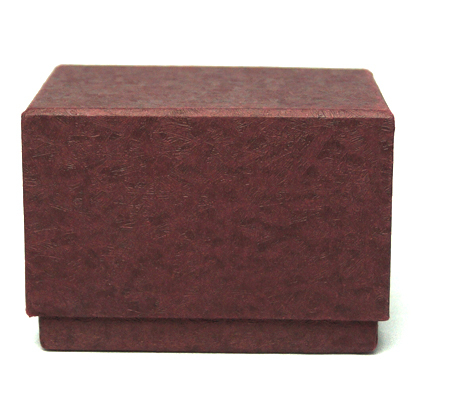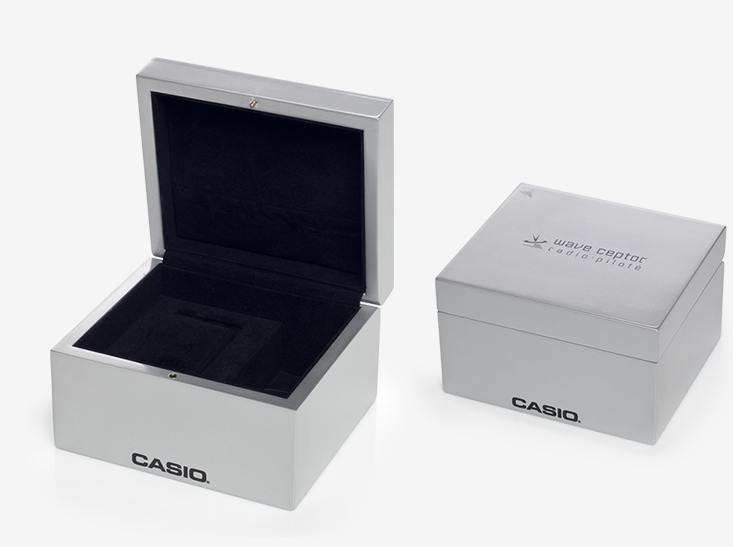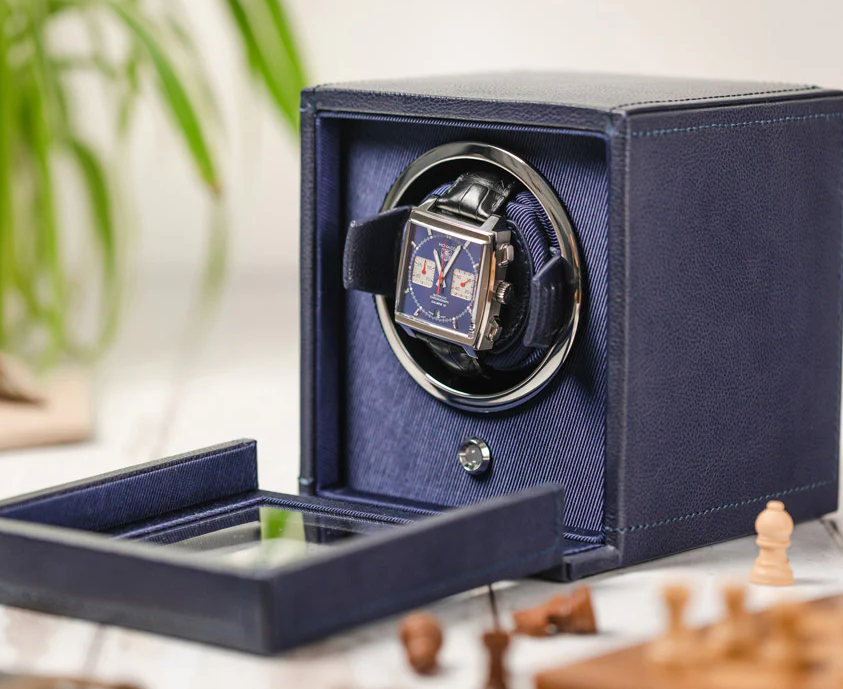To remove a hard shell case from your MacBook Pro, first identify the type of case—snap-on, screw-on, or hybrid. Then, use the appropriate tools and techniques to safely detach it.
Table of Contents
Identifying the Type of MacBook Pro
Before you proceed with removing your hard shell case, it’s essential to know the specifics of your MacBook Pro model. Different MacBook models may have different case attachments or even varying sensitivity to force. Knowing your MacBook type can save you from damaging both your laptop and the case.
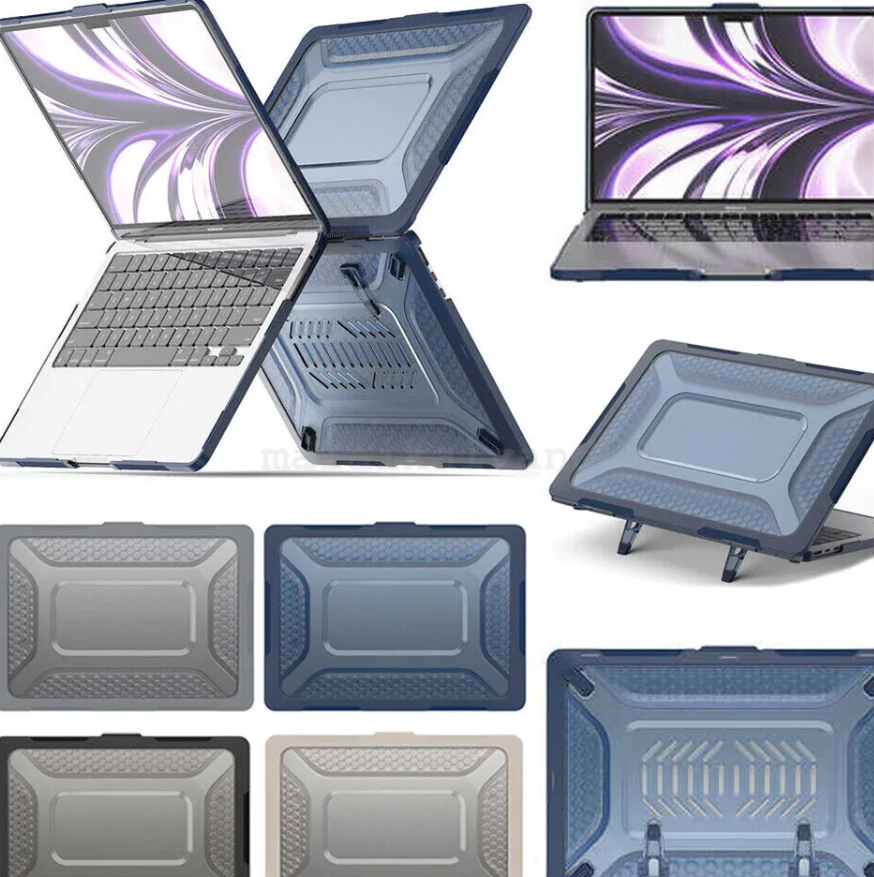
Model Year
First and foremost, you’ll need to find out the model year of your MacBook Pro. This information is critical because hard shell cases are generally designed to fit specific years. You can find the model year by clicking on the Apple logo in the top-left corner, selecting ‘About This Mac,’ and then reviewing the information provided.
To learn more about different MacBook Pro models, you can visit their Wikipedia page.
Size and Specs
After confirming the model year, you’ll need to verify the size and technical specifications of your MacBook Pro. Is it a 13-inch or a 16-inch model? Does it have the Touch Bar? These are crucial details when it comes to fit and compatibility. You can locate this information under ‘About This Mac’ as well or measure the dimensions manually.
For a deep dive into the technical specs of MacBook Pros, consider browsing through this Wikipedia article.
Verifying if Your Hard Shell Case is Compatible
Last but not least, double-check if the hard shell case you’re using or intend to use is compatible with your MacBook Pro model. If you bought the case online, you could typically find this information in the product description. Alternatively, examine any labels or packaging that came with the case. Using an incompatible case can result in poor fit and may even harm your MacBook Pro.
For a guide to the various accessories, including hard shell cases compatible with MacBook Pro, you may refer to this Wikipedia page on MacBook Pro accessories.
Types of Hard Shell Cases
Selecting the right type of hard shell case depends not only on your personal preference but also on how you use your MacBook Pro. Some cases offer quick and easy installation, while others provide a more secure fit but might be difficult to remove. Let’s explore the three main types of hard shell cases for MacBook Pros: Snap-on, Screw-on, and Hybrid cases.
Snap-on Cases
Snap-on cases are popular due to their ease of installation and removal. You simply align the case with the back of your MacBook Pro and snap it into place. These cases generally consist of two pieces: one for the top lid and another for the bottom. While they might not offer the highest level of protection against impacts, they do an excellent job of shielding your MacBook from scratches and minor bumps.
For more information on the materials commonly used in snap-on cases, you can visit this Wikipedia page about Polycarbonate.
Screw-on Cases
Screw-on cases provide a more secure fit compared to snap-on cases but require more effort for installation and removal. These types of cases often come with tiny screws that attach directly into designated areas on the MacBook Pro. A screwdriver (usually provided) is required for both installation and removal. This kind of case is ideal for those who don’t intend to remove the shell frequently and want maximum protection.
For an overview of how screws and fasteners work, refer to this Wikipedia article on Screw.
Hybrid Cases
Hybrid cases offer a mix of both worlds. They may have a snap-on design but include extra screws for added security. These cases are relatively new in the market and aim to provide the convenience of a snap-on case with the security of a screw-on case. Installation and removal procedures may vary depending on the brand and model, so always refer to the manual for best practices.
Preliminary Steps
Before diving into the actual removal process, there are a few preliminary steps you should take to ensure a smooth and safe experience. These steps aim to prevent any accidental damage to your MacBook Pro or any connected accessories during the case removal.
Disconnect All Peripherals
Start by disconnecting all peripheral devices from your MacBook Pro. This includes USB drives, HDMI cables, power adapters, and any other attachments. Disconnecting these items will make it easier for you to maneuver the laptop during the case removal process and minimize the risk of damaging any connected devices.
To understand more about the various types of peripherals that you may need to disconnect, check out the Wikipedia page on Computer Peripherals.
Power Down the MacBook Pro
Next, you should power down your MacBook Pro to ensure that there are no active processes that could be disrupted. Although it’s tempting to perform this operation while the device is still running, shutting it down reduces the risk of any electrical issues or data loss. To power down, click the Apple logo on the top-left corner, select ‘Shut Down,’ and confirm.
For a broader understanding of why it’s crucial to shut down electronic devices during maintenance, you can read this Wikipedia article on Electrical Safety.

Place on a Flat Surface
Finally, find a clean, flat surface where you can work. Using a table or a desk is ideal. This provides stability, helping you apply the necessary force more easily and accurately during the case removal process. Avoid soft or uneven surfaces like beds or couches as they can make it difficult to exert even pressure when needed.
For tips on setting up an ergonomic workstation, visit this Wikipedia page on Ergonomics.
Removing Snap-on Cases
Snap-on cases are known for their convenience and ease of use, but even they can sometimes prove tricky to remove. If you’re dealing with a stubborn case, or if you’re just not sure where to start, these tips will guide you through the process of removing a snap-on case from your MacBook Pro.
Starting Point: Corners or Edges?
The initial step in removing a snap-on case is to decide where to start. You generally have two options: corners or edges. Starting at a corner usually allows you to get a better grip and apply leverage more easily. To do this, gently lift one of the corners with your fingers until you feel the case starting to give. However, if the case is particularly tight, you may opt to begin at an edge where you can slide a plastic prying tool to assist in the removal.
For more insights into the use of leverage in mechanical tasks, visit this Wikipedia page on Leverage.
Techniques for Prying
Once you’ve chosen your starting point, it’s time to employ the right prying technique. You can use your fingers or a plastic prying tool for this purpose. Slowly and gently lift the case, moving along the edges if you’ve started there, or turning the corner if that’s your starting point. It’s crucial to maintain even pressure so as not to crack the case or damage your MacBook Pro.
To know more about the importance of proper techniques in mechanical operations, refer to this Wikipedia article on Techniques.
What to Do if the Case is Stuck
Sometimes, despite your best efforts, the case just won’t come off. If you find yourself struggling, don’t resort to excessive force as it could damage both the case and the laptop. Instead, try to identify where the case seems to be most stuck and work your way around it, gently applying pressure in various spots. You can also use a hairdryer to lightly warm the area, expanding the plastic and making it easier to remove.
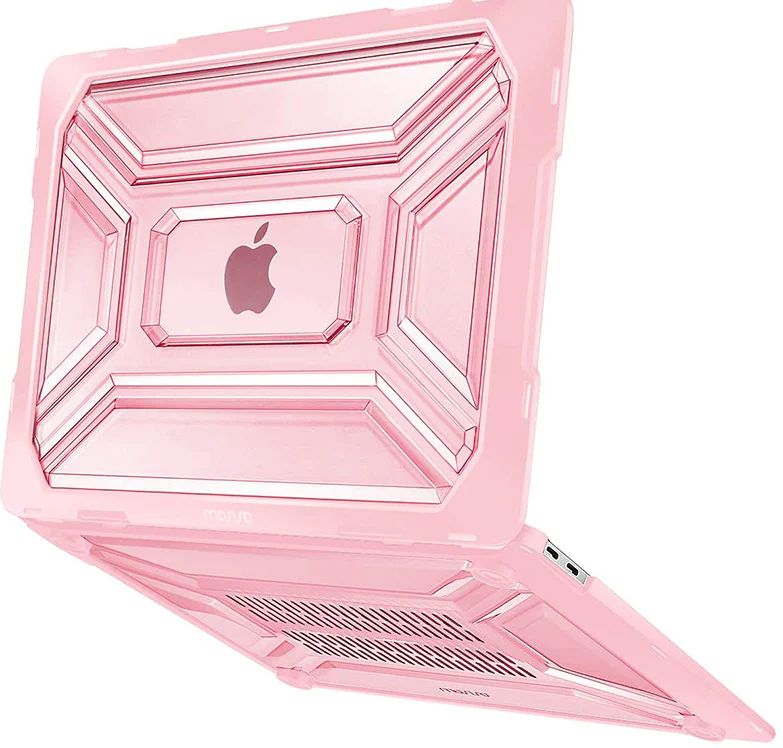
Removing Screw-on Cases
If your MacBook Pro has a screw-on case, the removal process will be slightly more complex than with a snap-on case. The secure fit offered by screw-on cases provides excellent protection but also means you’ll need a bit more time and the right tools to remove it. Below are the key steps for taking off a screw-on case safely and efficiently.
Locating the Screws
The first thing you need to do is locate all the screws that hold the case onto the MacBook Pro. These screws are typically small and are often positioned on the bottom of the case. Make sure to look carefully so you don’t miss any, as failing to remove even one screw can make it difficult to take off the case and potentially damage your laptop.
For more information on types of screws and their uses, see this Wikipedia page on Screw.
Using the Correct Screwdriver
The second step is to identify the type of screwdriver you’ll need. Screw-on MacBook Pro cases usually require a specific type of screwdriver, often a small Phillips or Torx screwdriver. Check the case’s manual or the company’s website to confirm which tool you’ll need, and make sure to use the exact size and type to prevent stripping the screws.
You can learn more about different types of screwdrivers by visiting this Wikipedia article on Screwdrivers.
Keeping Track of Screws
As you begin unscrewing the case from your MacBook Pro, it’s essential to keep track of all the screws. Due to their small size, they are easy to lose. A good strategy is to place them in a small container or lay them out on a piece of paper in the same pattern they were attached to the MacBook. This will make it easier to put them back later.
Removing Hybrid Cases
Hybrid cases combine the features of both snap-on and screw-on cases, providing the ease of a snap-on with the security of a screw-on. Removing them requires a little bit more attention to detail since you’ll have to deal with both types of attachments. Here’s how to go about it.
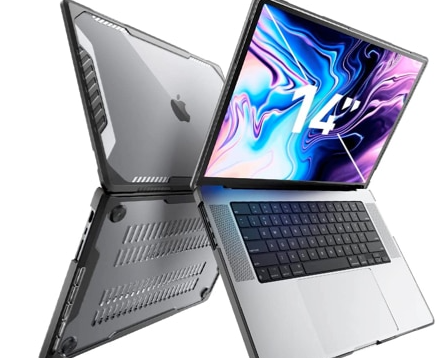
Addressing both Snap and Screw Components
In a hybrid case, you will encounter both snap components and screws that secure the case to your MacBook Pro. Before you start, identify where these components are located. This will allow you to strategize the best way to remove the case without causing any damage. Generally, it’s advisable to first remove the snap components, as they are quicker to disengage and can provide better access to the screws.
For more information on hybrid technology, take a look at this Wikipedia page about Hybrid Systems.
Order of Removal
The order in which you remove components can make a significant difference in how easily the case comes off. Start by removing the snap-on components, following the methods outlined in the section on removing snap-on cases. Once those are off, use the appropriate screwdriver to remove the screws. This two-step process ensures you won’t accidentally damage the case or your MacBook Pro during removal.
Checking for Damage
After successfully removing the hard shell case, it’s essential to inspect both your MacBook Pro and the case for any signs of damage. This check ensures that neither the laptop nor the case has sustained any scratches, dents, or other types of damage during the removal process.
Inspecting the MacBook Pro
Begin by carefully examining the exterior of your MacBook Pro. Pay close attention to the corners and edges, as these areas are most susceptible to scratches or dents. Open the laptop and check the screen and keyboard for any visible issues. This quick inspection can save you from potential problems down the road. If you notice any inconsistencies, you might want to consult the manufacturer’s guidelines or consider taking it to an authorized repair center.
For further understanding of computer hardware components that might be susceptible to damage, you can refer to this Wikipedia page on Computer Hardware.
Inspecting the Hard Shell Case
Next, turn your attention to the hard shell case you’ve just removed. Inspect it for any cracks or signs of wear that could compromise its protective capabilities. Ensure that all the snaps or screws are intact, so you can confidently reattach it later if needed. If your case shows signs of damage, you may need to consider purchasing a replacement to ensure optimal protection for your MacBook Pro.
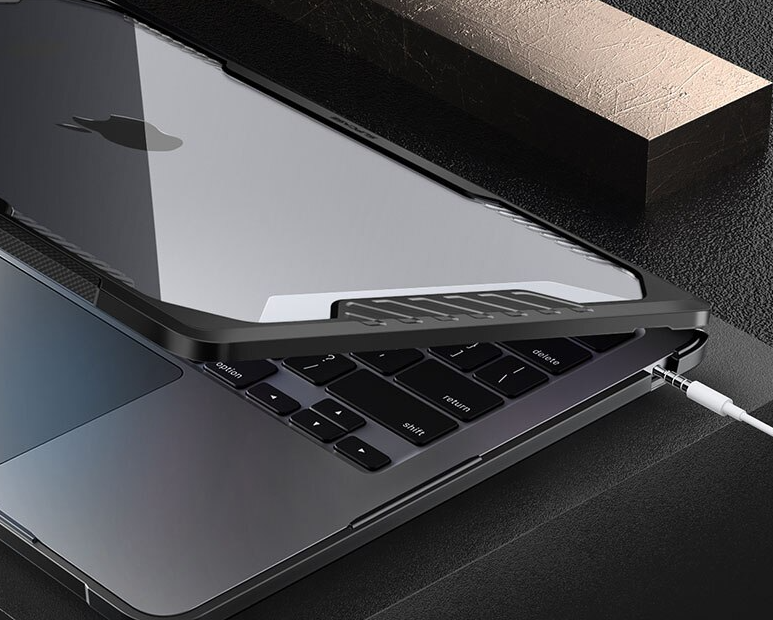
Cleaning and Maintenance
After removing your hard shell case, it presents a perfect opportunity for a thorough cleaning of both the MacBook Pro and the case itself. Regular cleaning and maintenance can significantly extend the life of your laptop and its accessories. Here’s how to do it.
Cleaning Your MacBook Pro
Start by powering off your MacBook Pro to ensure it’s safe to clean. You can use a microfiber cloth to gently wipe down the screen, keyboard, and external surfaces. If you encounter stubborn stains or grime, slightly dampen the cloth with a solution of water and mild dish soap. Make sure to avoid getting any moisture into the ports or openings. For cleaning ports or tighter spaces, using compressed air can be very effective.
To understand more about safe electronic cleaning practices, visit this Wikipedia page on Electronic Waste.
Cleaning Your Hard Shell Case
For the hard shell case, a simple wash with soapy water usually suffices. However, make sure to read any care instructions that came with the case, as some materials may be sensitive to certain cleaning agents. After washing, pat it dry with a clean towel and leave it to air-dry completely before reattaching it to your MacBook Pro. This ensures that no moisture gets trapped, which could lead to problems down the line.


